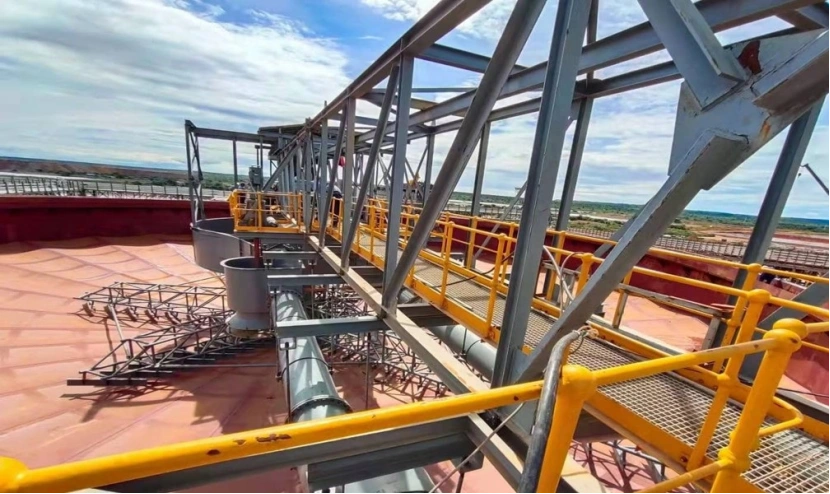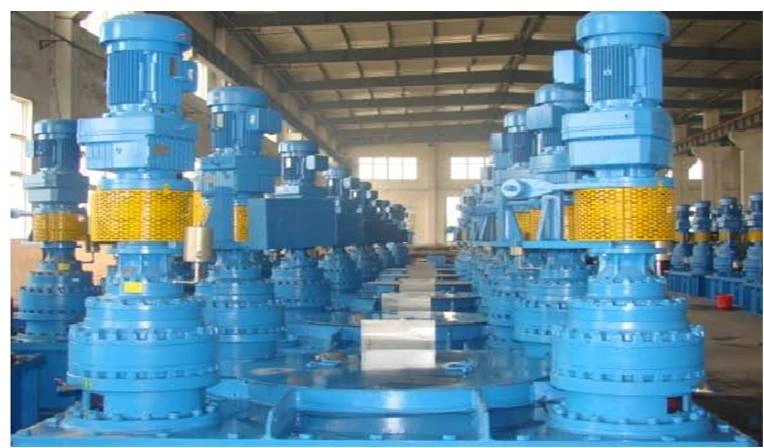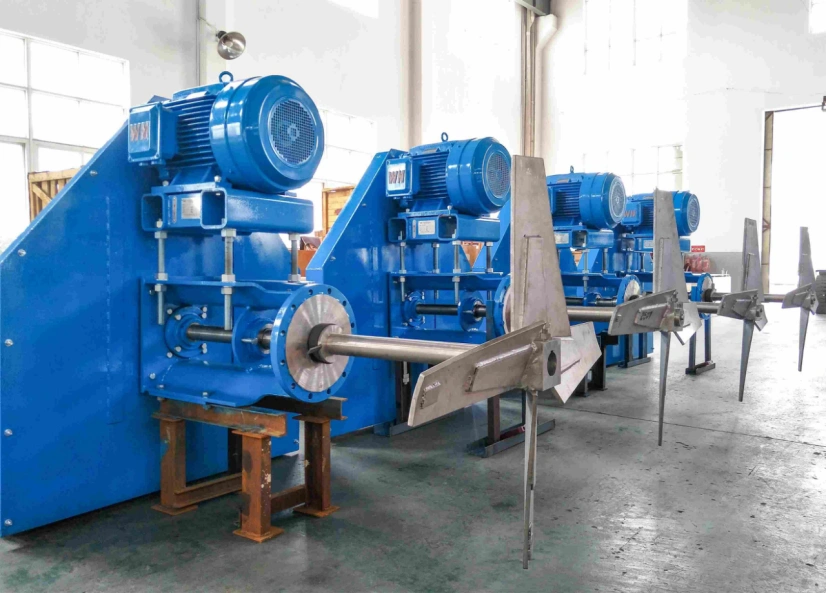Africa’s mining field leads the world shift to green tech. It uses its huge stores of key minerals. Need for electric cars, batteries, and clean energy grows fast. So, the land’s job as a source of platinum, cobalt, copper, and others turns vital. New reports show rule changes and output growth. They point to strong rise. But they also stress want for better handling setups. This helps beat issues like poor roads and high prices. This piece looks at these facts. It checks effects on gear need. And it shows how expert sellers can grab new chances in water-based metal work, melting, and value-adding steps.

Africa’s Mining Comeback Fueled by Key Minerals
Africa holds a top spot in key minerals. It has 79.3% of platinum group metals (PGMs). It owns 54.5% of cobalt. And it keeps big bauxite and manganese piles. In 2025, platinum making drops 6.4% from big rains and mine fixes. Yet the area keeps almost 80% of world supply. South Africa and Zimbabwe lead. Cobalt making in the Democratic Republic of Congo (DRC) will grow 2.5%. Zambia’s copper jumps 19.2%. Big mine growth at places like Mopani drives this. These shifts show a wide move to get more worth from supplies. And these supplies power the energy change.
Main Making Centers and Problems
South Africa’s ferrochrome part expects a 3.9% rise to 20.5 million tonnes. Government perks for local value-adding and ferrochrome melting restart help this. In West Africa, Guinea’s bauxite making aims for 160 million tonnes by 2030. Projects like Simandou and new funds in Bon Ami and Sangarédi mines push it. Ghana leads Africa in gold. It plans a 4.1% boost to 5.2 million ounces. Ahafo South and Namdini works back this. Problems stay. South Africa faces high power bills and slow workers. The whole land deals with transport limits. And U.S. tariffs on copper imports start in August 2025. They add pressure.
Rule Changes Boosting Rise
Changes push local handling. They cut these troubles. And they draw cash into refining. This keeps more money at home. For example, South Africa’s steps restart melting. They fix deep blocks. DRC’s growth at Kinsanvere and Tenke Fungurume raises cobalt and copper flow. These rules steady supply lines. They also give reasons to use new tech. Miners add efficient gear. It brings higher output. And it means less smoke.
World events, like tariff rises, push sellers hard. But they spark new ideas in supply paths. They stress tough, rust-proof tech. This tech helps with mineral cleaning and waste control.
Signs from the Field Show Handling New Ways
The turn to value-adding raises want for top water-based metal and melting steps. In nickel and cobalt pulling, sulfuric acid soaking needs exact stirring and splitting. This lifts output. Desulfurization cuts smoke in gas handling. Tailings control and waste heat grab turn key. Miners change leftovers into cash. And strict green rules push this.
New Trends in Water-Based Metal Work
Laterite nickel jobs grow in wet zones like Indonesia and the Philippines. But they spread in Africa too. They use reaction tanks with two-way stainless steel covers. These cut costs and work time. Old rubber-brick styles lose out. New ideas like nitric acid soaking for clean pulling gain ground. Test runs check nitric acid reuse. This fights high costs. In alumina work, filters and thickeners grow to 240 square meters. They back single-line power over 2 million tonnes. Big firms like Chalco and Xinfa Group show this in growth.
Green Ways and Waste-to-Cash Plans
Step newness eyes green goals. One catches carbon dioxide from lime in nickel work. It mixes with manganese hydroxide. This makes battery-grade carbonates for NCM batteries. These power over 60% of new energy cars. Low-heat waste grab in sulfuric acid plants makes steam for power. It gives 1.5 tonnes per tonne of acid. And it drops water use by 65-80%. These shifts call for linked gear. It lifts recovery. And it cuts harm to nature. This fits Africa’s value-adding aims.
These signs mean more gear buying. Focus stays on size growth, power save, and rust fight in tough, far spots.

Growing Need for Special Mining Gear
As jobs grow big—seen in DRC’s cobalt ramps and Guinea’s iron ore huge works—want jumps for filters, thickeners, stirrers, and acid gear. Alumina plants hunt large filters over 240 square meters for 2-million-tonne lines. Desulfurization towers add high-work mist catchers. They grab fine drops to 3μm. Sulfuric acid making, key for soaking, needs strong setups for gas clean and take-in.
Good Points of Top Sulfuric Acid Setups
Gear like fourth-generation acid spreaders keeps even gas-liquid touch. Vent areas reach 7.48m². Flow speeds hit 0.5-0.63m/s. This cuts mist. And it lifts take-in rates in drying and take-in towers. Patented wave demisters stop extra pull-in. They matter for monoammonium phosphate exhausts, granulation parts, and chlor-alkali drying towers. They reach over 99% work for drops ≥5μm. Alloy covers for desulfurization towers last 20 years in hot sulfuric acid spots. Old rubber covers fail in 2 years.
Job of Filtering and Stirring Tech
High-power rotary filters and thickeners reach 28 meters wide. They handle slurry in alumina and phosphate work. They allow fast solid-liquid split. And they cut blocks in making lines. Stirrers with custom blades mix well in reaction tanks. Projects supply over 10,000 units to battery leaders like CATL. These tech back bigger jobs. They raise earnings in cobalt, nickel, and bauxite cleaning.
Jiangsu New Hongda Group Co., Ltd. (NHD) serves as a trusty seller of Filter Series, Automatic Press Filter Series, Agitator & Thickener Series, Equipment for Sulfuric Acid Industry, Pressure Vessel Series, Desulfurization Equipment Series, Filter Cloth Series, and Material Series. Started in 1992, NHD gives full R&D, making, and EPC help. They focus on custom fixes. Tests use lab, small runs, and fake starts. Their ISO-passed goods use special stainless steels. Patented alloys like HD-1 high-silicon kinds and German-brought looms for filter cloths fit bad spots in phosphate, alumina, and non-ferrous fields in 52 lands.
NHD’s Strong History in African Jobs
NHD’s work in Africa fits local wants well. They give gear that stands corrosive slurries and hard weather. In the DRC, help for Lamica Co., Ltd.’s water-based metal job led to on-time start. Pandemic and flight stops did not halt it. This aided cobalt and copper flow with trusty thickeners and agitators.
Case Checks in Non-Ferrous Melting
Past DRC, NHD’s thickeners and agitators back work in Zambia, Namibia, and Morocco. They manage big slurry in nickel and alumina plants. This includes pipeline gear for Yunnan Dahongshan’s 150km iron ore lines. It fits African grounds. Sulfuric acid newness, with fiber and wire mesh demisters, lifts desulfurization work in flue gas care for steel and power plants. Hebei Qianjin and Liaoning Yingkou jobs show this. They cut acid mist smoke. And they back cleaner value-adding.
World Reach and After-Sales Top Work
NHD’s list covers 500+ engineering jobs around the world. Patented tech like phosphoric acid fast pull and tailings dry pile shape African changes for phosphogypsum care. They turn waste to anhydrous gypsum for packing. Their “4S” after-sales plan—spares, checks, tips, and teaching—keeps work going. 24-hour answer teams build long ties. Awards like National High-tech Firm and Specialized and New Small Giant mark NHD’s drive for new ideas. They stand as a main helper in Africa’s mineral value path.

Conclusion
Africa’s key minerals rush opens rich ground for gear steps up. It turns hard spots into paths for fast, green mining. Sellers like NHD bring fit tech. They have proven African sets and over 33 years of work. They help make this real. And they build strong supply lines for world energy change and money spread.
FAQs
Q1: What pushes Africa’s key minerals making rise in 2025?
A: Growth in cobalt and copper jobs, plus rule drives for value-adding, lift output. DRC and Zambia lead wins in wanted metals for batteries and clean power.
Q2: How can mining equipment help value-adding in Africa?
A: Top filters and thickeners raise handling power. Rust-proof acid setups lift recovery rates. They back value add and less need for imports.
Q3: What job does sulfuric acid have in African mineral handling?
A: It is key for soaking nickel and cobalt. It allows high-work pull. Linked gear like demisters meets smoke rules. This pushes green work.

